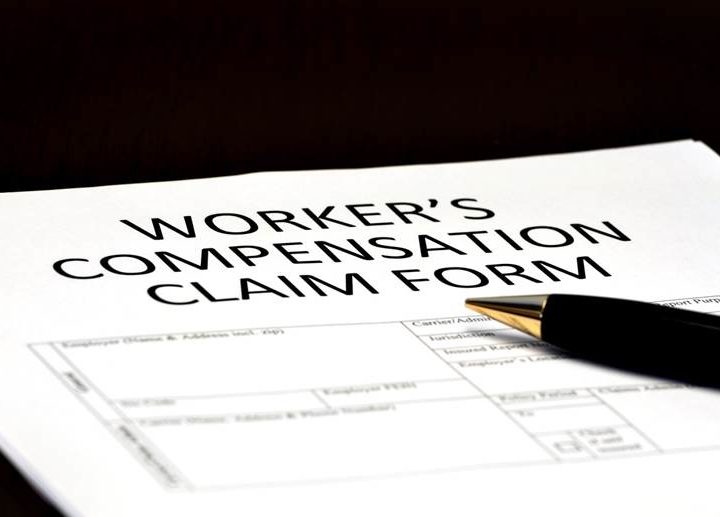Divorce is often a difficult journey, one that marks the end of a significant chapter in your life. It is a complex and emotionally charged process that encompasses various legal, financial, and personal considerations. While divorce signifies the formal separation of spouses, its ramifications extend far beyond the legal realm to impact familial relationships, financial stability, and emotional well-being. Each state has a different way to get a divorce, whether it be fault or no-fault, with some states even offering both options. Understanding these differences is crucial to navigating the divorce process effectively. Despite its challenges, divorce can also signify liberation, offering individuals the opportunity for personal growth, resilience, and the pursuit of a more fulfilling future, ultimately paving the way for newfound strength, self-discovery, and eventual healing.
No Fault Divorce
Through a no-fault divorce, couples can dissolve their marriage without assigning blame to either party. The concept revolves around the notion of “irreconcilable differences,” implying that the marriage has reached a point where reconciliation is impossible.
No-fault divorce comes with several advantages compared to at-fault divorces, including less toxic conflict, faster resolution, and a focus on the emotional well-being of the parties involved. By removing the need to prove fault, it minimizes hostility and encourages a more amicable separation.
Despite its benefits, no-fault divorce is not without criticism. Some argue that it diminishes personal responsibility and could be abused as an easy way out of the relationship. It’s essential to explore these criticisms to understand the potential downsides of this approach.
Fault Divorce
In contrast, fault divorce relies on specific situations that demonstrate one party’s wrongdoing. These include adultery, desertion, and abuse. Historically, fault divorce was the original approach, with societal and cultural norms influencing legal perspectives.
Understanding the grounds for fault divorces provides insight into the challenges faced by couples pursuing this route. Adultery, desertion, and abuse are sensitive issues that demand careful legal consideration and, often, a burden of proof.
Fault divorce introduces legal challenges, including the burden of proof and heightened emotional strain. Proving fault requires presenting evidence in court, which can escalate tension and prolong the already difficult divorce process.
The societal implications of fault divorce are profound. Stigma attached to fault grounds can influence opinion, making this option less appealing to those who are concerned about their reputation.
Legal and Emotional Considerations
Navigating the legal landscape of divorce involves understanding the specific requirements for each type. No-fault divorce necessitates only the assertion of irreconcilable differences, while fault divorce demands evidence and adherence to specific grounds.
Child custody and support considerations are crucial in divorce proceedings. Both no-fault and fault divorce can impact these issues differently, making it essential to understand how each approach may influence the well-being of children involved.
The financial aspects of divorce are another critical consideration. Alimony, property division, and other financial matters are addressed differently in no-fault and fault divorce, and couples must be aware of the potential implications on their financial futures.
Divorce takes a toll on the emotional well-being of those involved. Coping mechanisms and support services become vital components in navigating this challenging period. Both no-fault and fault divorce present emotional challenges, and understanding these dynamics is crucial for those embarking on this journey.
Divorce in California
Fault based divorce is not needed in order to file for separation with your spouse. Any person can file for divorce no matter the circumstances or want from either party. California has embraced the fact that marriages can end due to a variety of reasons, not just those that would be for a no-fault divorce, without a need to blame one another for the end. Even though fault is not needed, factors such as adultery, etc, can impact the divorce case through means such as financial or child custody matters.
California was actually the first state to introduce the idea of no-fault divorces. By eliminating the need to prove fault, the no-fault divorce system provides a more efficient and less difficult divorce process. Now all 50 states allow no-fault divorces, but only 15 of them are “true” no fault divorce states where the only divorce option is no fault.
It is important to consult with a Newport Beach family law lawyer to help assess the divorce and weigh the potential benefits and drawbacks of certain factors to determine if it is worth it to raise the issue of marital fault. While it may be beneficial regarding financial and child custody matters, it may also make the divorce hostile, increase the financial cost of the divorce process, and put emotional strain on both you and your children.
Conclusion
In concluding this exploration of no-fault vs fault divorce, it is evident that both approaches come with their own set of challenges and advantages. The decision ultimately depends on individual circumstances, values, and priorities. Acknowledging the type of divorce in California emphasizes the importance of informed decision-making, ensuring a path forward that aligns with one’s values and goals.
























































